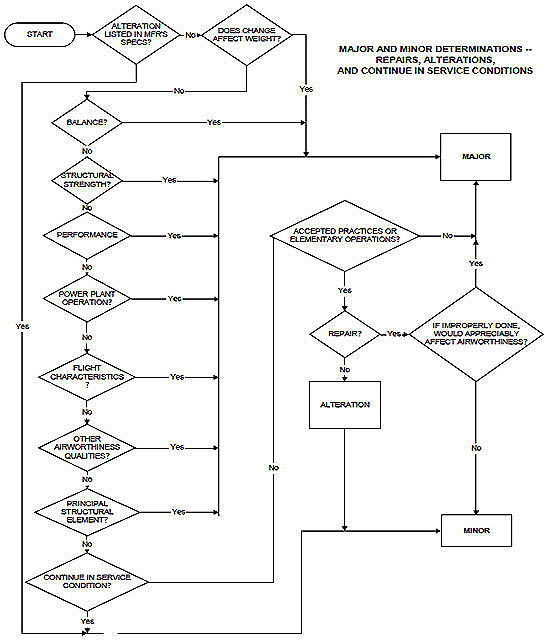murphey
Touchdown! Greaser!
I've been reading thru Part 43 and am baffled. When is a 337 required to be submitted? Installed an STC'd strobe (Whelen) and there's an argument among some of the folks around the airport. With the STC, isn't it merely a logbook entry by the A&P?
Another ongoing battle - someone (not me) is claiming that a 2 pound weight difference requires the 337. This is completely illogical.
Another ongoing battle - someone (not me) is claiming that a 2 pound weight difference requires the 337. This is completely illogical.
Last edited:



